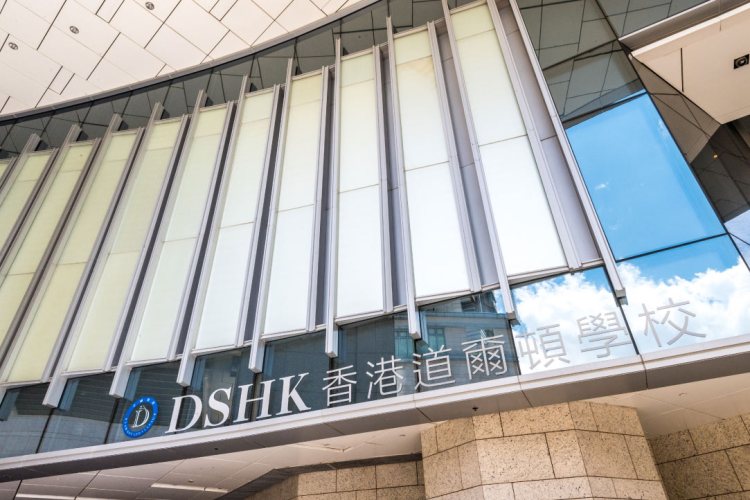I have just been brushing up my understanding of dual language research ahead of my trip to Hong Kong this week to spend time with educators and students in the Dalton School Hong Kong. I have been a non-executive Director of the Dalton Foundation since 2015, and it has been a privilege to watch the growth of DSHK from idea to living, breathing organisation – I applaud the vision of the Founding Directors, and the hard work of the Principal and his team. Every time I spend time in the school, I am impressed and heartened by the prospects that these fortunate students have, benefiting as they are from a forward-looking, carefully considered, all embracing education that responds to their individual needs. True student-centredness is hard to achieve in education – and DSHK does a superb job in this respect.
As part of my knowledge refresh, I thought I would just try to gain a sense of how prevalent dual language learning was in the world, and I was struck by how many news items I could find about new dual language programmes popping up – many of them, in fact, in the public schools in the US. Each was accompanied by a short reflection on why states were investing in these programmes, and their reasons resonated strongly with the benefits of dual language learning as identified widely in the available research – better communication skills, increased cognitive agility, and a far greater sense of identity and awareness of cultural diversity.

This latter advantage appeals to me hugely, especially when it is placed in the context of social mobility, about which I have written extensively. Learning how to appreciate and engage with others of different cultural backgrounds from an early age is a huge gift which we can give our children, and an educational model which enables them to learn about the world in more than one language embeds within them a deep understanding of the existence of different ways of thinking, being and doing.
The development of global competence should start as early as possible, but it is also never too late to introduce our children to the wonders of the wider world. As parents and educators, it is our responsibility to find ways to help them grow in wisdom and skill. Dual language programmes provide a really good start.
Dr Helen Wright will be discussing Global Competence and the role schools can play, later this week. Take a look here for further details https://t.co/PFKomKnfxB









